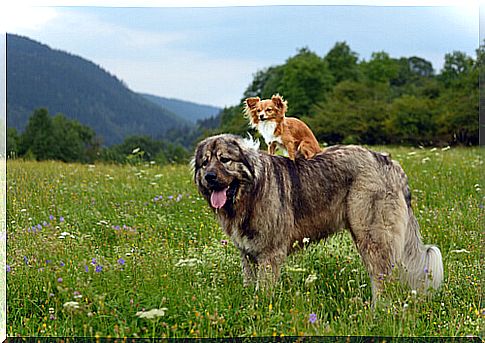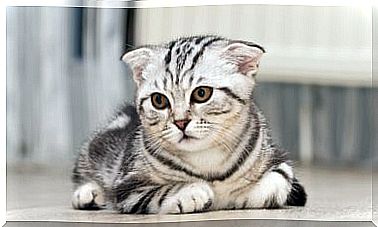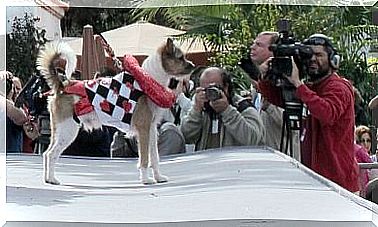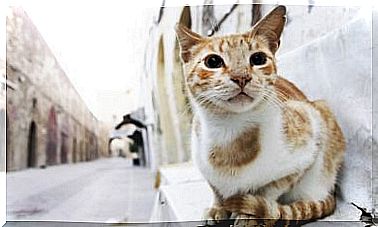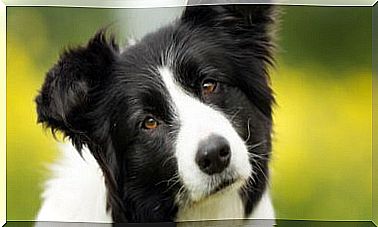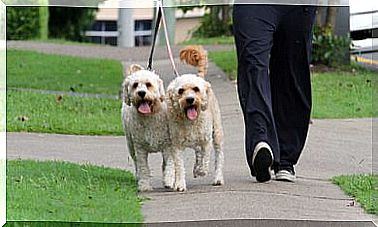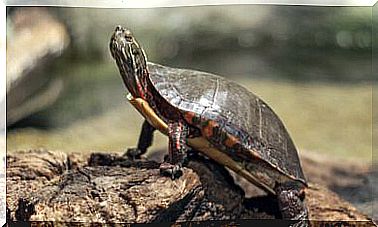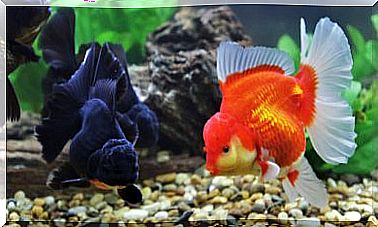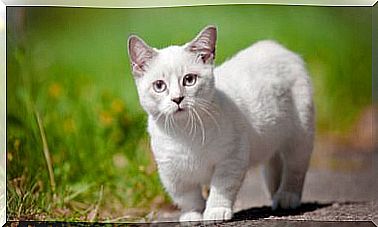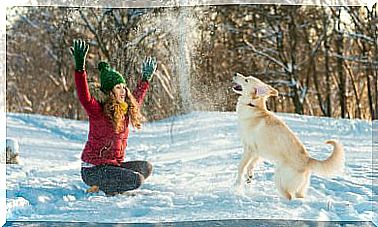The Catalan Shepherd Or Gos D’atura
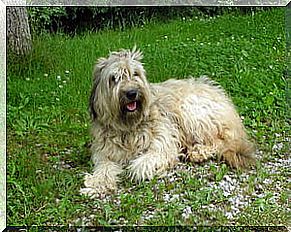
The Catalan shepherd, also known as gos d’atura, is one of the breeds of the Iberian Peninsula. Its original function was to herd cattle in the Pyrenees, but it has won the hearts of many people and today they live in cities and towns as pets.
History of the Catalan Shepherd
Like almost all European sheepdog breeds, its origin is not exactly known. It is assumed that they were distributed throughout their territories with the barbarian invasions and the end of the Roman Empire, but there is no evidence to confirm this.
There are archaeological remains of dogs thousands of years old that could coincide with the Catalan shepherd, but the first accepted testimonies of its existence are located just two centuries ago. It is known that during all this time the Catalan shepherd has been developing his work in the Pyrenees, both with sheep, goats and other larger types of cattle.
The breed was officially recognized in 1919. It had previously suffered a serious decline due to the introduction of other breeds of sheepdogs, but a group of breeders set out to revalue it and managed to restore its prestige.
Characteristics of the Catalan Shepherd
The Catalan Shepherd is considered a medium-sized dog. There is hardly any difference in height or weight between males and females: both are between 45 and 50 centimeters tall at the withers; they also both weigh around 18 kilograms.
In terms of general proportions, dogs of this breed have bodies slightly longer than they are wide and appear to be muscular but agile. Among all its attributes, its striking fur stands out.
The head is a little longer than it is wide; the muzzle is quite short and pyramidal in shape. The nose is always black and the eyes are large and with an intelligent expression.
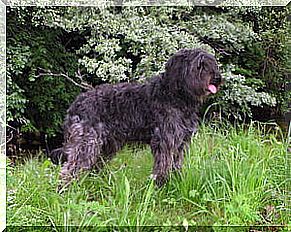
The ears are triangular, thin and hang down on the sides of the head. The tail is set low and is also down. Even in the alert position, the tail should not exceed the line of the back or curl over it.
The hair of the Catalan Shepherd is long, straight or slightly wavy. It is rough to the touch and it can be seen that it has a double coat of hair, with an abundant undercoat that helps protect it from the cold in the mountains. From a distance they appear to be of a single color, but from close up several mixtures are appreciated:
- Waffle in shades ranging from light to dark.
- Sand, also in different shades and even mixed with black hairs.
- Gray, formed by the combination of white, gray and black hairs.
Behavior of the Catalan Shepherd
The Catalan Shepherd has a temperament and character typical of sheepdogs: he is lively, energetic and intelligent. Although he is friendly with strangers, he is faithful and attached to his human family, and can be protective.
As in other breeds similar to this, intelligence is combined with the willingness to work and highlights the impossibility of educating or training this dog through force or punishment. A positive perspective is necessary to achieve good and fast results.
Also due to their intelligence and energy , mental stimulation should not be neglected in this class of dogs. They are very hardworking and if they get bored they will try to explore or entertain themselves and this can lead to behavior problems.
Despite being dogs that work in the mountains herding cattle, it is not necessary to induce them to practice sports or force them to do physical exercise. With three quality walks a day and time on the street to walk, your energy needs will be covered.
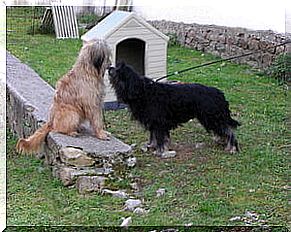
The Catalan shepherd can also be a good watchdog; he likes to protect his home and family, although his way of driving away strangers is by barking and in urban environments he can be a noisy dog.
Catalan shepherd care
The Catalan shepherd is lucky to be a sturdy dog without hereditary diseases. However, visits to the veterinarian should not be neglected in case he considers that preventive treatments for common diseases in this class of animals should be done.
As it is a rural dog that usually walks in the mountains, it is very important to carefully follow the vaccination and deworming schedule proposed by the veterinarian. You also have to remember to do frequent scans for skin parasites such as ticks or fleas.
Due to the shape of their ears, in addition to the abundance of hair, hygiene in the ears is especially important. It is easy for dogs with floppy ears to develop infections and fungi.
The type of hair you have requires at least a weekly brushing to remove the knots that have formed and remove dead hair. This way you can ensure the health of your skin and eliminate the possibility of knots that cause pain or discomfort.
The coat of the Catalan Shepherd has a layer of woolly undercoat that helps protect it from the cold, but also from the heat. In dogs like this, it is completely inadvisable to cut their hair in summer, since their protection against the sun and heat is eliminated.
The Catalan shepherd or gos d’atura is a shepherd dog that used to work in the Pyrenees, but with its great character it has managed to be a great companion animal. With its particular beauty and lively character, it has won the hearts of many families.
It might interest you …
Main image source | http://www.actiweb.es/deiguna/
